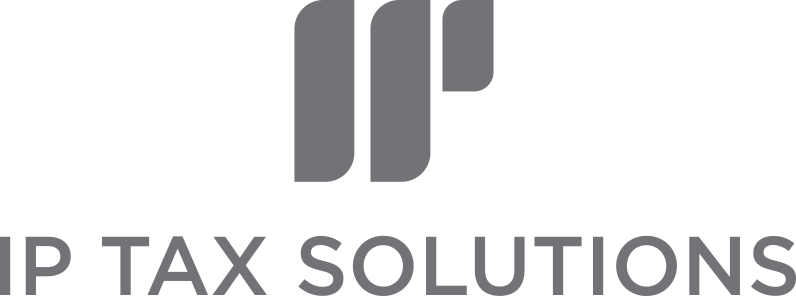Your company's Seed Enterprise Investment Scheme (SEIS) funding allowance of £150,000 (set to increase to £250,000 from April 2023) is highly valuable - don't jeopardise it with this potentially costly procedural error - especially if you are raising a combined SEIS and EIS round simultaneously.
ERROR: Issuing EIS shares before SEIS shares
If you issue any EIS shares before SEIS shares, then you are precluded from issuing qualifying SEIS shares - the benefit of the SEIS relief in enticing funding from business angel investors for your startup is lost. A (costly) missed opportunity!
CORRECT: SEIS shares must be issued first, then EIS shares issued after (always)
As soon as you issue a single share under EIS, you are no longer eligible to issue shares under SEIS. Regardless of whether your current £150,000 SEIS funding allowance remains available in full or in part.
Use up your company's current £150k funding allowance in full, if possible, before moving on to use up your EIS allowance as necessary.
This doesn't necessarily stop you from seeking to raise a larger round (combination of SEIS and EIS cash) at the same time. You just need to be super careful with the procedural aspects in issuing the shares in order to clearly demonstrate that the SEIS shares were issued first.
As noted above, the SEIS investment limit is set to increase from £150k to £250k from April 2023.
How to manage combined SEIS and EIS fund-raising and share issues?
Best practice is to:
This content is only available to subscribers
Subscribe now and have access to all our stories, enjoy exclusive content and stay up to date with constant updates.
Sign up nowAlready have an account? Sign in






